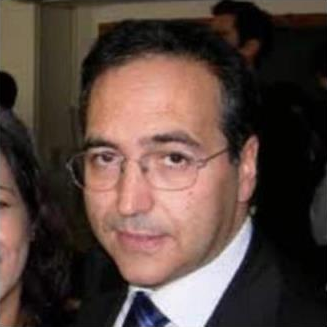Updates in Thyroid Cancer Surgery
A special issue of Cancers (ISSN 2072-6694).
Deadline for manuscript submissions: closed (30 April 2022) | Viewed by 31587
Special Issue Editors
Interests: thyroid; thyroidectomy; thyroid cancer; endocrine surgery; thyroid surgery; parathyroid; parathyroid surgery; parathyroidectomy; lymph node dissection; sentinel lymph node
Special Issues, Collections and Topics in MDPI journals
Interests: thyroid cancer; breast cancer
Special Issues, Collections and Topics in MDPI journals
Special Issue Information
Dear Colleagues,
Thyroid cancer is the most common endocrine malignancy, and its incidence has been steadily increasing in recent years.
It has different histological types and presentations that necessitate the use of more or less aggressive surgical treatments.
Today, surgical treatment is becoming increasingly tailored in relation to the type and histological characteristics of the tumour, the needs and characteristics of the patient, and the presence of locoregional and/or distant diffusion.
Surgery has undergone important and noteworthy developments in recent years, in connection with the emergence of new knowledge, in particular biological knowledge, and the availability of new technologies, which have emerged in an attempt to ensure, together with aoncological radicality, an acceptable aesthetic result.
However, to date, the guidelines have not always been uniform and unambiguous, a phenomenon which has led to diversity of opinion and practice in various areas of the globe.
This Special Issue seeks to present a comparison of current surgical modalities applied in the field of thyroid cancer and focus on state-of-the-art treatments as well as suggesting the best treatment modalities to adopt in light of current knowledge in this area.
Dr. Pietro Giorgio Calò
Dr. Salvatore Sorrenti
Guest Editors
Manuscript Submission Information
Manuscripts should be submitted online at www.mdpi.com by registering and logging in to this website. Once you are registered, click here to go to the submission form. Manuscripts can be submitted until the deadline. All submissions that pass pre-check are peer-reviewed. Accepted papers will be published continuously in the journal (as soon as accepted) and will be listed together on the special issue website. Research articles, review articles as well as short communications are invited. For planned papers, a title and short abstract (about 100 words) can be sent to the Editorial Office for announcement on this website.
Submitted manuscripts should not have been published previously, nor be under consideration for publication elsewhere (except conference proceedings papers). All manuscripts are thoroughly refereed through a single-blind peer-review process. A guide for authors and other relevant information for submission of manuscripts is available on the Instructions for Authors page. Cancers is an international peer-reviewed open access semimonthly journal published by MDPI.
Please visit the Instructions for Authors page before submitting a manuscript. The Article Processing Charge (APC) for publication in this open access journal is 2900 CHF (Swiss Francs). Submitted papers should be well formatted and use good English. Authors may use MDPI's English editing service prior to publication or during author revisions.
Keywords
- thyroid
- thyroid cancer
- papillary carcinoma
- differentiated carcinoma
- medullary cancer
- thyroidectomy
- lymph node dissection







